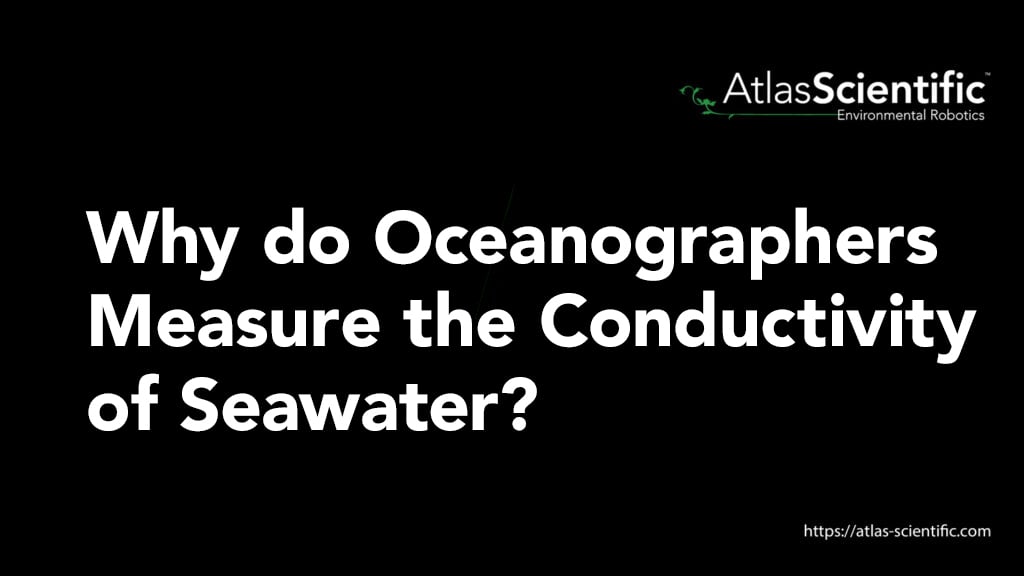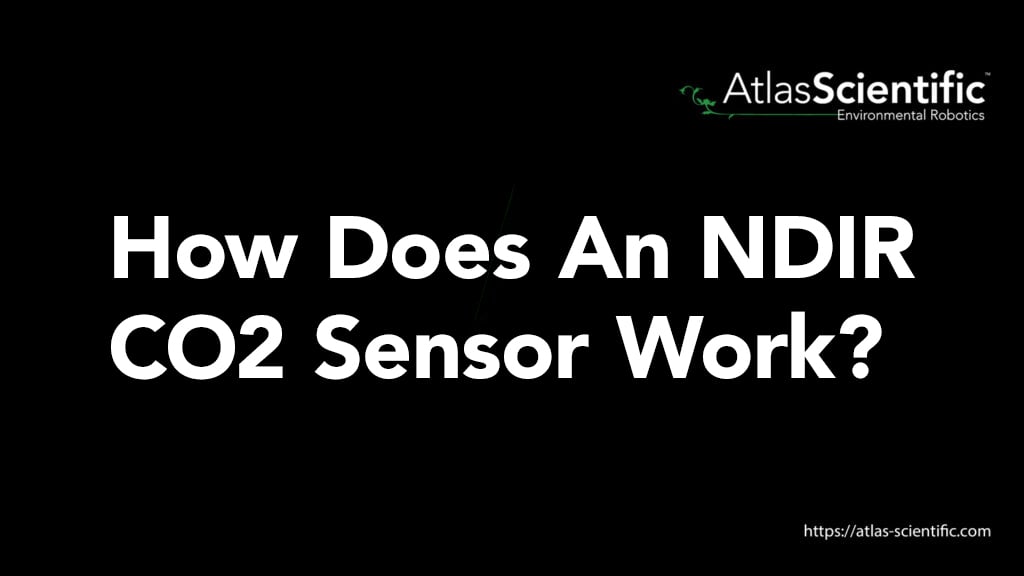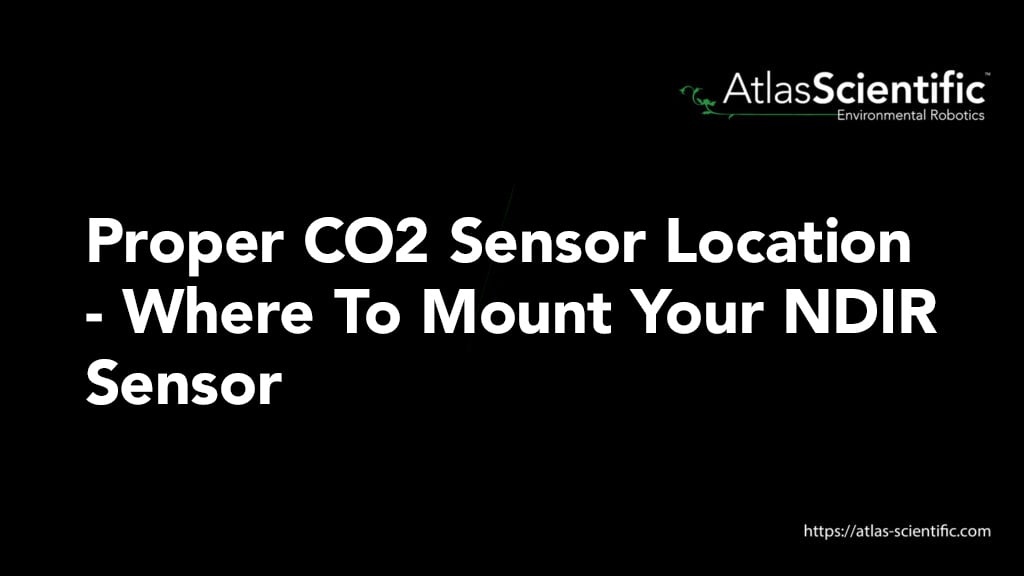
Why Do Oceanographers Measure The Conductivity Of Seawater?
As conductivity is temperature-dependent and conductivity can be used to determine salinity, oceanographers measure conductivity, temperature, and depth (CTD) when studying seawater. Oceanography is the study of the ocean, and oceanographers have a very important job in climate research. Because the ocean stores so much heat, the ocean has a large effect on our world’s […]
Why Do Oceanographers Measure The Conductivity Of Seawater? Read More »

















